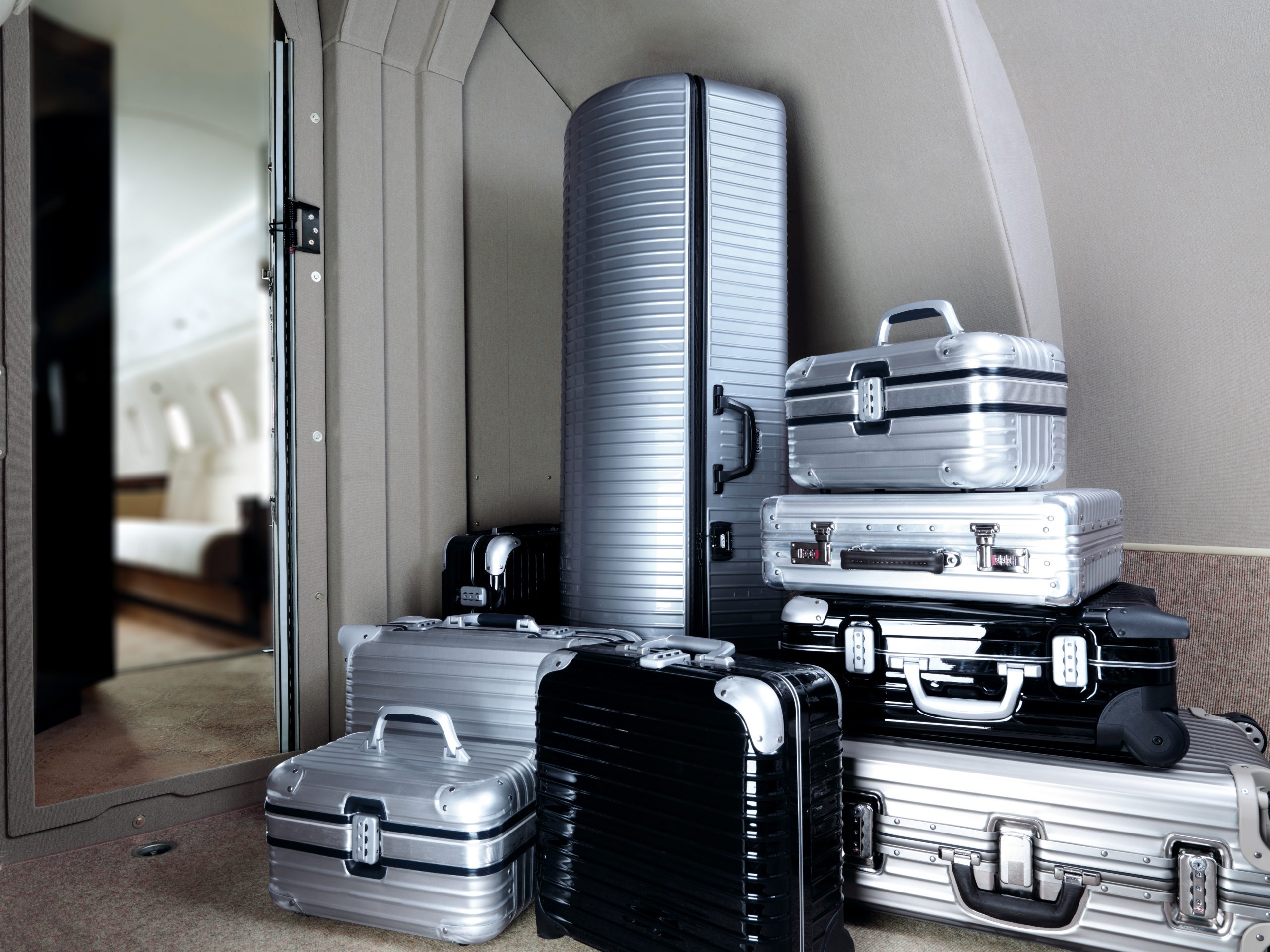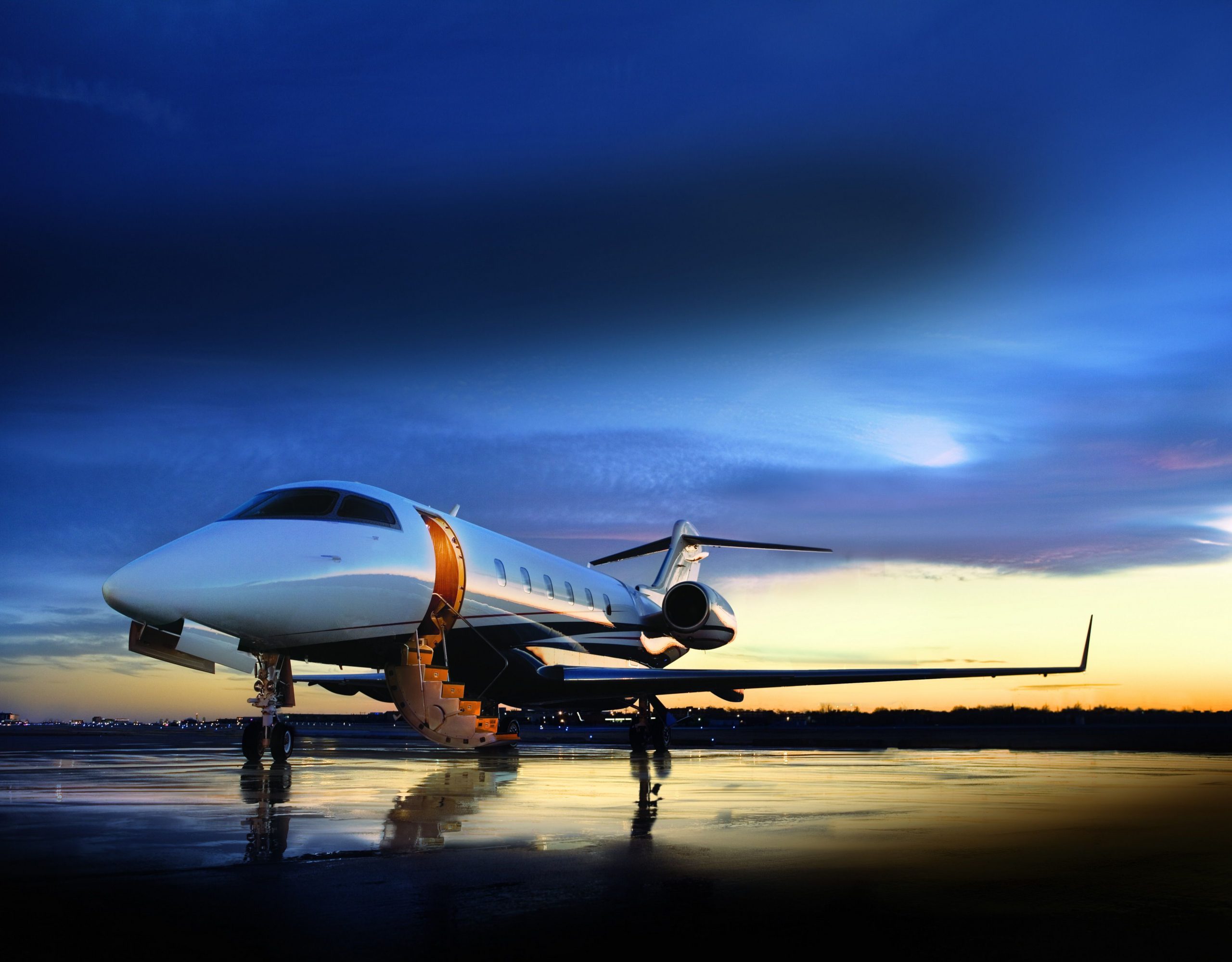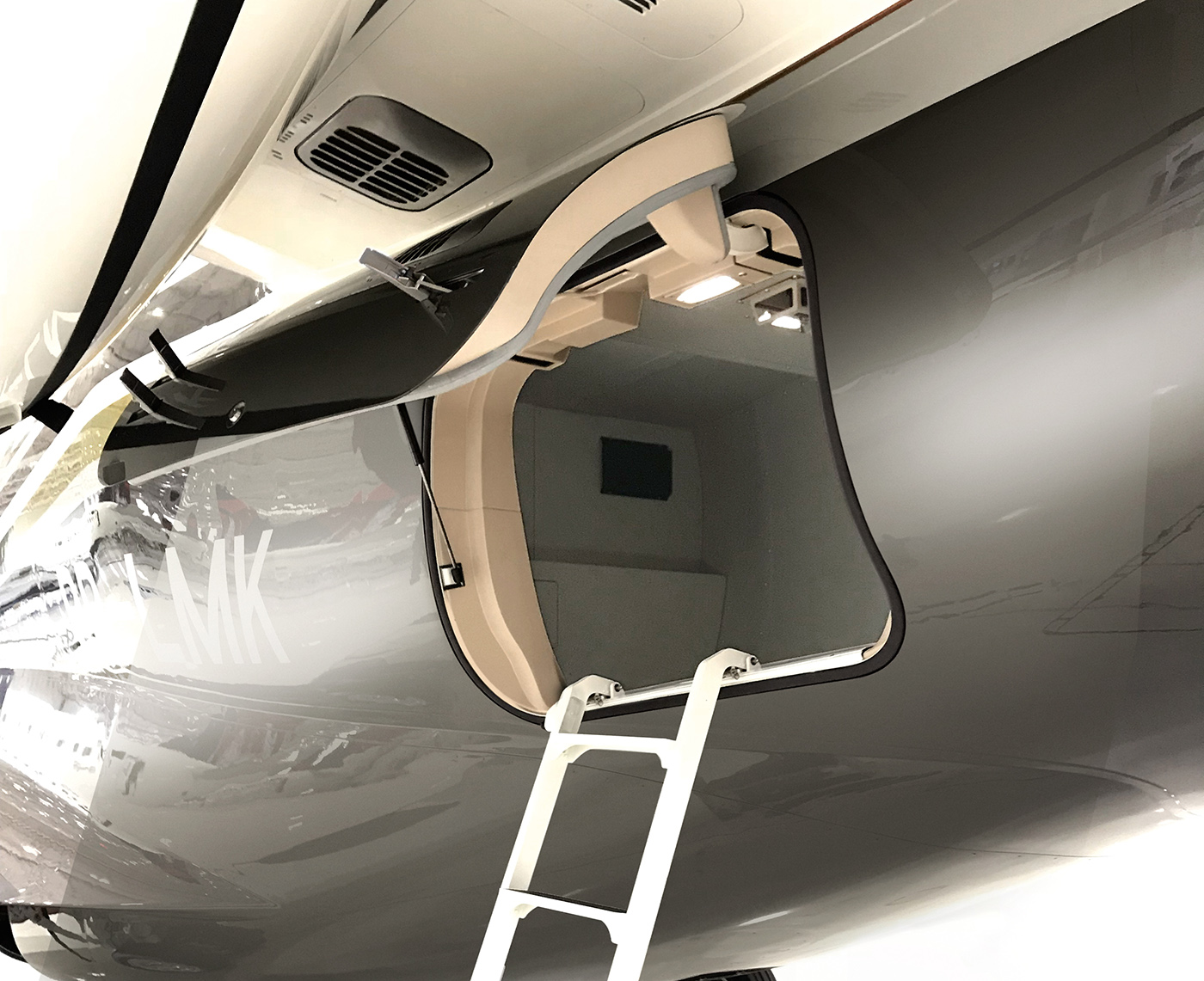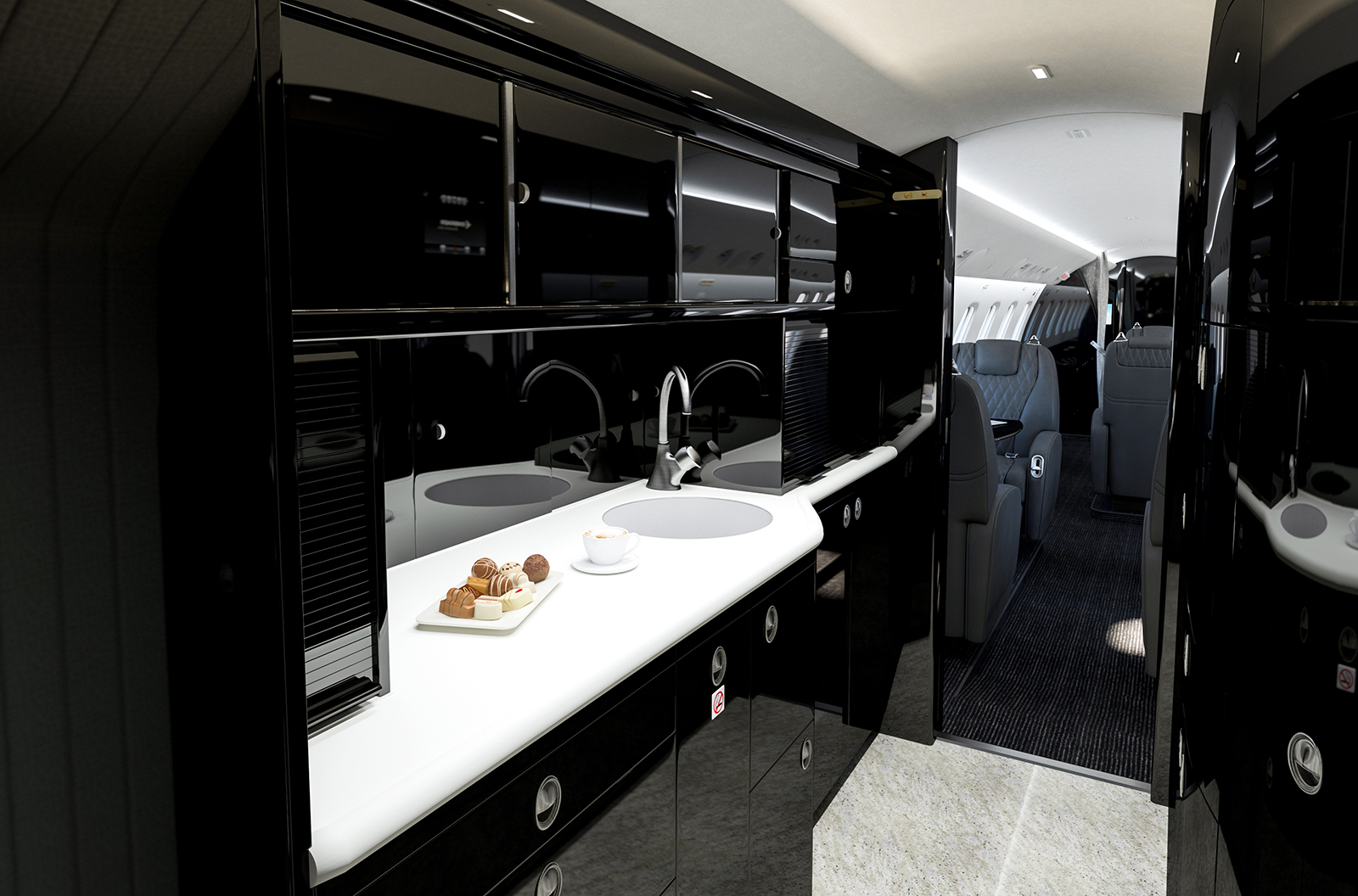[ad_1]
THE PERSONALITY TRAITS OF JIMMY DOOLITTLE:
Psychologists and philosophers alike have long pondered the optimum combination of qualities and characteristics which comprise the “seeds of greatness.” If they were measured by Jimmy Doolittle’s personality traits, they would assuredly encompass integrity, ability, humility, and courage.
Introduced to aerial flight in 1909 when he had attended the first air show west of St. Louis, Doolittle subsequently built a full-sized glider from plans detailed in a magazine and unsuccessfully launched it from a 15-foot-high hill. Yet the Army Air Corps provided the actual means to sustained fight when a six-hour training program resulted in a flight instructor designation and his insatiable desire for aviation knowledge produced a doctorate in aeronautics-the second such one ever to have been awarded.
Always demonstrating meticulous planning and an almost fearless ambition, he dispensed with emotionalization and undauntingly pursued his goals. The Gee Bee Racer, for instance-the world’s fastest and probably most unstable-design, proved the ultimate test of his abilities, but he nevertheless set a 1932 speed record of 60 mph above that of the previous year’s with it. It was an example of the edge to which he stretched himself in order to perform a stunt of daredevilism. As indicated, fear, whether real or perceived, is otherwise the greatest deterrent to action.
Doolittle’s self-formulated definition of “hero” was a person who “carried out a mission regardless”… and “don’t let death deter you.”
It was with this staunch philosophy that he sought 79 men to engage in an aircraft carrier-launch of 16 North American B-25 Mitchells in order to strike Japan’s military targets 800 miles away. Although the squadron was much aided by a long-duration, 35-mph tailwind, the aircraft’s insufficient fuel capacity caused their pilots to ultimately parachute toward inhospitable land in China. Roosevelt bestowed him with the congressional medal of honor for the raid, but responding with characteristic humbleness, he proclaimed, “I’ll spend the rest of my life trying to earn it.”
In 1944 Doolittle had been given command of the Eighth Air Force in England whose purpose had been to progressively incapacitate Germany’s fighting ability. Again he was decorated. He had thus been instrumental in both World War II’s primary theatres.
A psychological formula reads: “Attraction of same-repulsion of dissimilar.” What this implies is that people do not genuinely respond to overwhelming, tyrant, beyond-human personality traits viewed in others, but easily “flow” in response to those characteristics and qualities innately incorporated in themselves and reflected in others-namely, humility, humbleness, integrity, and courage. If Doolittle’s successes and accomplishments are any indication of this formula’s validity, he had been able to spark the best in others in order to implement his ideals, strategies, and goals.
THE BATTLE OF BRITAIN:
The Bible warns about creating false gods. Many create themselves. Hitler, like the multitude of atheistic leaders who had preceded him, once again attempted to erect a kingdom of suppression on earth through intimidation and submission. Yet, unaware that those flowing from a higher power-connected entity exuded a collective spirit which could not be easily broken or swayed, he futilely endeavored to diminish, conquer, and rule them. But there was more to the human being than the physical body.
The last addition needed to complete his European domination lay across the English Channel. Perhaps its symbolic obstacle should have been a forewarning to him: water was the symbol of life and growth-and it was not to be his.
Yet England’s ultimate triumph would be no small task. Hitler’s tri-phase plan of capture, born in Mephistophelean desire, was directed toward a paltry, vulnerable army dredged from the water after its Dunkirk crossing devoid of the prerequisite tools of war which continued to litter France. Ironically, despite their pulchritude, they had successfully crossed the channel whereas Hitler never would-at least not permanently! Returning to home soil, the men were reflected by the majority of British citizens who appeared even less adept than themselves-the workers, the farmers, the newborn. But the less able often retain a closer connection to God and therefore their inner resources, and what they lack individually, they recoup collectively. The women, in particular, provided invaluable assistance in supporting the country’s industrial and transportation infrastructure with 24-hour, fatigue-engulfing work schedules. The fact that people, instead of government, created war (and peace) in a democratic society was a foreign, incomprehensible concept to the Nazis across the water.
The Battle of Britain had officially been sparked on August 8, 1940 when the Germans crossed the Channel, but they were aerially confronted by Royal Air Force fighters before they could penetrate the coast. Perhaps collective spirit could not be quantified, but this fact was dispelled during the first ten days when the 26 raids recorded a Nazi loss of 697 opposed to England’s 153. Hitler, needless to say, outwardly continued to predict victory, but clandestinely berated Goering for the defeat and demanded new strategies. To tip the scales back toward Germany’s favor, he laid out a plan to weaken Britain by directly attacking its factories and aerodromes.
Yet England had always been one step ahead of Germany. Its increased vigilance and amplification methods monitored any channel crossings and afforded increased preparation time for retaliatory measures should an advancing invasion be detected. The technique, as indicated by the latest scoreboard, had apparently been successful with 562 German losses and 219 British.
Directly attacking the core of London for the first time on September 7 with 375 aircraft, Hitler had hoped to puncture the core of democracy upon which all resistance seemed to depend. But the British sublimated their own survival to that of the democratic whole by losing almost all material possessions, foregoing food, and spending endless nights in damp subshelters beneath the city’s monolithic structures while rescue workers and firefighters desperately tried to keep pace with the German-fraught destruction during day.
On September 15, 500 enemy bombers and fighters engaged in aerial combat with the RAF, resulting in 200 dogfights in the first 30 minutes alone. Although the Luftwaffe managed to penetrate England’s circumferenced defenses and bulls eyed central London, one-third of the 500 aircraft were ultimately shot down–the direct result of the feisty performance of the opposition’s Spitfire.
Even when the Nazis modified their strategy by launching raids during the obscurity of darkness, the British responded by burrowing underground during night and taking to the skies with greater-ranged retaliatory aircraft. The British were defending more than themselves.
Although Germany ultimately killed 40,000 British citizens and virtually ploughed the country into rubble, the Nazis had lost 2,375 aircraft and crews in the Battle of Britain before they had finally retreated. The British spirit had thus triumphed. And of Hitler: even if he had successfully taken control of the country, it still would have resulted in ultimate failure. “For what profit is it to a man if he gains the whole world, and loses his own soul” in the process?*
UNITED STATES NAVAL POLICY:
Things are sometimes greater than the sum of their parts. This statement certainly applies to naval aviation. Airplanes had long conquered gravity. Ships had tamed the sea, providing a temporary, but moveable, floating portion of land. Together they superseded distance by artificially increasing range, speed, and foresight.
Yet there seemed to be several correlations between the major nations which employed this combination. Japan, an isolationist, traditional society centered round the Samurai culture, quickly ascertained its inherent vulnerability and weakness when the Great White Fleet, sent on a round-the-world tour by Roosevelt, docked, revealing the US as a growing naval contender. Following this example, Japan, suddenly plunging itself into a state of flux, quickly penetrated the 20th century and modernized its defenses, building a considerable naval fleet. They had ultimately hoped to lure the US fleet into their waters and thus destroy the very example they had attempted to emulate.
But the correlation did not end here-as both nations had attempted surprise attacks which were only partially successful: the famed December 7, 1941 Pearl Harbor assault had occurred when all US aircraft carriers had been out to sea and the Doolittle-orchestrated B-25 Mitchell raid on Tokyo, launched from the deck of the Hornet with only 467 feet of runway, had been forced into play 800 miles from the coast instead of the planned 450 because of early detection. Although the aircraft had reached their target and dropped ammunition on what they had believed to be the general vicinity, none had sufficient range to return to the ship and were forced to land in China.
It is one thing to follow in someone else’s footsteps-as Japan had certainly done in the case of the naval build-up-but quite another when a nation refollows its own. The US had already been taught the vital need of maintaining a naval presence when the British, which had traditionally protected the US coastline, ceased this surveillance at the turn of the century, resulting in the 1922 commissioning of the first US aircraft carrier, the Langley, with a 55-biplane fleet. Yet, despite their indispensability in the Second World War victory, all but four were eventually removed from service. When the political- and geographical-boundary restrained conflict erupted in Korea, the US retraced its earlier path by reinventing its naval aviation policy: with aircraft carrier advancements, such as angled decks and launch catapults, and pure-jet designs, naval aviation would continue to play the vital role it had provided under every president since its inception-its 15 aircraft carrier fleet, each with 90 fixed-wing and rotorcraft airplanes, would be able to blanket 85 percent of the earth’s surface.
We sometimes teach ourselves the best lessons.
AN INTERVIEW WITH HENRY LEDERER:
It is one thing to vicariously enjoy the exciting, dramatic events related by a person who has had no longer duplicable experiences. This is “live,” personal history from which one can learn. But it is the ultimate to take step beyond the events and penetrate his psyche, gleaming from them a “shadowed,” other-perspective.
Henry Lederer, WWII veteran and current chief pilot for Air East at Farmingdale’s Republic Airport, had practiced take offs from Lindbergh-historic Roosevelt Field and had been the country’s 7,601st to receive his pilot’s license-in 1939. Conducting high-altitude bomber escort missions into German air space during the war, he had flown both the 2,000-hp P-47 Thunderbolt–whose water injection had provided an additional 200- to 300-hp combat performance-and the 1,650-hp inline liquid cool engine P-51 Mustang, both of which had been highly maneuverable fighters. Dissuading enemy attack, his fighter escort had typically cruised at 30,000 feet-some 5,000 to 8,000 feet above the 700-strong B-17 Flying Fortress, B-24 Liberator, and Lancaster bomber battalion-for 15 to 20 minutes until a subsequent squadron had intercepted them and lit the next 100 or so miles. The bombers themselves, whose primary aim had been to halter German fire power, had sought key ball bearing factory and fuel storage sites as targets.
During one such mission Lederer had caught glimpse of the Messerschmitt ME-262 150 miles east of Holland-powered by a pure-jet, propellerless, high-performance, hitherto unknown technology engine. The reasoning behind the secrecy, he was later told upon return to base, had been that if he had been shot down by the faster aircraft, that he would never have survived to relate the experience to others.
Skirting the potentiality of death on an almost daily basis-and playing with the lives of others-generated a great deal of fear in him which could only be replaced by a sublimation of his fate to a higher power, according to Lederer. He had not known a single atheist among his company. Asked about how much his flying skills and fighting ability had carried him safely through his 304 hours of combat, he strongly stated that “you should never place your ability above that of your protector.” And when queried about how his experiences had modified his character or personality traits, he had responded that these experiences had all been necessary to reach the current plateau from which he would impart his knowledge, teach, and “give back” to humanity, in a mentor or role-model guise, what he had extracted from them.
All things, indeed, begin anew.
25 YEARS IN SPACE:
Space flight is a deeply philosophical and religious experience. “In the beginning,” according to the Bible, “God created the Heaven and the Earth.” It somehow seems appropriate that we would one day return to the former. Like any journey, this one would be the culmination of millennia of human evolution, technological advancement, and far-reaching sights.
As the first humans to escape gravity and atmosphere in 1961, Major Yuri Gagarin and Alan B. Shepard were the heavenly body’s first Adam and Eve. Yet the formula toward this attainment proved itself to be dually fueled: the technological advancement plus the will-to-conquer equaled the space triumph, but the Russian-induced competition plus the will-to-conquer equaled an earlier-than-anticipated US triumph. And that triumph was equally dually directed: (1) Toward space and (2) Toward one’s fellow humankind. It was perhaps this “thrust” which had boosted the initial US space mission skyward almost as much as its liquid oxygen-fed engines had.
Like aviation, space flight had repeated its atmospheric-counterparted, farther-reaching progression–from first brushing its fringes to orbital pursuance, increased duration, experimental application, planetary reach (of the moon), and ultimate exploration of the galaxy’s outer fringes-which thus far remains an unmanned accomplishment.
Like any other novelty, it eventually proved its reliability and dispelled its initial mystery, becoming so routine that only the near-disaster of Apollo 13 had rekindled any degree of viewer interest, perhaps temporarily reigniting the original fears of human fragility when pitted against it. As a result of temporary space habitation with Skylab and MIR-which were “bridges” between visitation and residence-humankind will soon endeavor to permanently inhabit this body with the International Space Station.
Could this accomplishment not, in essence, be a repetition of the same force which had culminated in Earth habitation and life? Could God not be more than a single entity-the source point of thought and love from which all souls were schismed for independent identity and existence? It seems obvious that it necessitated a “reassembly” of singular-goaled souls back in to the “whole,” operating in fine-tuned harmony and sink, to collectively overcome gravity, atmosphere, and planet, in a repetition of the original Earth colonization, to inhabit the second body of the Earth-Heaven sphere.
Could this not be the first indication of a higher plane of existence? As if paralleling the after-life experience, at which time the soul departs the human body and no longer contends with boundaries, this new penetration has been the equivalent of the collective escape of the “earthly body.” The escape in both cases affords an entirely new, “detached” perspective from which, now “risen” above ourselves, we suddenly lose all prejudices and tightnesses; this seems strangely similar to the projected heavenly state of mutual harmony, peace, and oneness. It had been in this “Heaven” that the Americans and the Russians had first linked up-despite the earth-bound competition and discord between them to travel there-and where, in the International Space Station, they intend to live and work on a permanent basis. Could all this not be the interim plateau to the true Heaven… ?
THE MOVIE “THE RIGHT STUFF:”
Chronicling the first of the three major, moon-destined US space missions, the movie, The Right Stuff, had focused on the initial seven solo Mercury flights along with the technological progresses which had culminated with the first launch and the precedent astronaut selection and training processes.
The Bell X-1 and the X-15, having attained hitherto inexperienced above-sound speeds and space-fringing altitudes, had provided the bridge between conventional subsonic flight and the rocket-driven intercontinental ballistic missiles to which only a life support and a proper astronaut-housing pod need have been attached.
But much more than technological feasibility had been needed to make such a manned space flight a reality. This crucially hinged upon granted funding. Alluding to the infamous outer space series, the movie continually stressed this pivotal issue with the phrase, “No bucks… No Buck Rogers.”
However, the thrust toward the mission had soon been augmented by competition from the USSR. According to then Senator Lyndon B. Johnson, “whoever controlled the high end of space, equally controlled the world.” The vantage point for surveillance and a platform from which to launch global attack could not have been more optimal. Aside from this potentiality had been the possibility of further loss of the United States’ forefront. The US had traditionally been at the vanguard of technology, having ridden the first wave of the Industrial Revolution and having introduced nuclear power. But the Russians had been the first to launch both an unmanned and later manned rocket and the first to have flown a supersonic commercial transport, the Tupolev Tu-144. Needing to reverse this trend, NASA had concluded that manned space flight with an eventual lunar target had to become the necessitated goal, and resultantly replaced its flight test series with a prioritized rocket development program at Edwards Air Force Base.
The astronauts themselves, although subjected to extreme psychological pressure and grueling training procedures, were paradoxically destined to reach the ultimate pinnacle of achievement-by piloting into space-without ever really exercising the degree of sound-barrier-penetrating piloting skill of the Chuck Yeager breed, riding instead the technological achievements of the engineers who would devise the propulsion and guidance systems which would make the journey possible. For this reason they were sometimes bestowed with false glorification. Both Yeager and the Mercury astronauts, however, would ultimately confront hitherto inexperienced flight realms.
It had been an igniting mixture of these multi-faceted issues and circumstances which had propelled the first Mercury rocket skyway… and ultimately led to the human footprint on the moon.
[ad_2]
Source by Robert Waldvogel

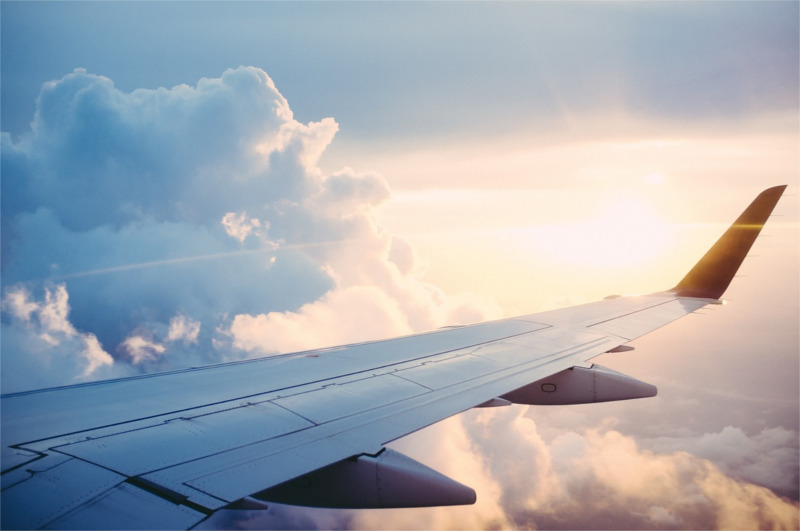
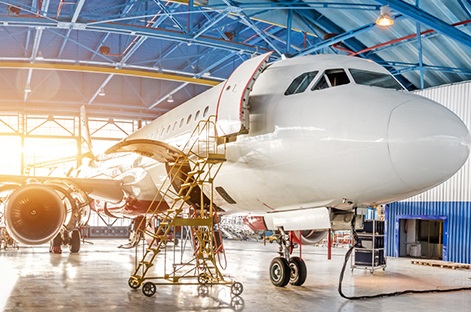
![New Car Prices Got You Reeling [Program Review]: New Car Prices Got You Reeling with best private jet services Private jets charter jet leasing private corporate airliner mlkjets1 - New Car Prices Got You Reeling [Program Review]: New Car Prices Got You Reeling with best private jet services](https://mlkjets.com/wp-content/uploads/2020/03/Private-jets-charter-jet-leasing-private-corporate-airliner-mlkjets1.jpg)
